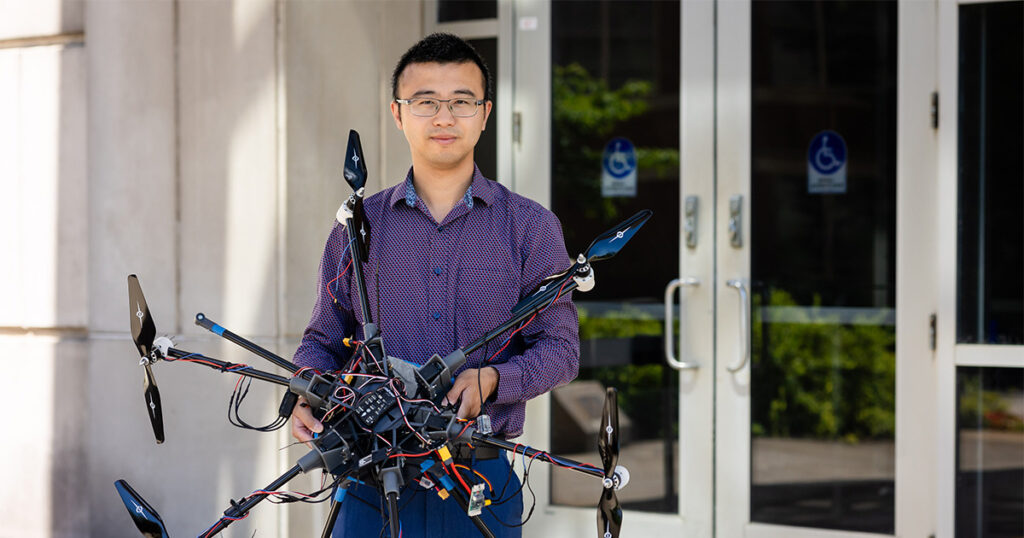Once a natural disaster strikes, every second counts when it comes to assessing the damage. The expediency is required to help communities begin to rebuild and potentially save lives in the wreckage.
The current methods of damage assessment can often be labor-intensive, time-consuming, and dangerous. Shuai Li, an associate professor in the Department of Civil and Environmental Engineering, is part of a research team that has developed a faster and more precise way by integrating drone technology with artificial intelligence (AI).
The team has developed new algorithms to help the Tennessee Emergency Management Agency (TEMA) assist in disaster recovery efforts. The method was tested in a case study following a tornado in Chattanooga in 2020.
Using AI to Survey Damage
Li collaborated with Da Hu of Kennesaw State University, Jing Du at the University of Florida, and Jiannan Cai at the University of Texas at San Antonio on the project. The research was funded by the National Science Foundation (NSF) and Tennessee Department of Transportation (TDOT).
Most existing deep learning-based methods provide limited information to first responders and decision makers. The drone technology is superior because it can accurately detect and classify seven categories of damages consistently at a high frame rate. The computational time is less than six minutes for an area of 193 damaged buildings, according to the data from Li’s study.
“Typically, if you do a manual survey of those areas, it could take weeks or even months,” said Li, whose holistic research focuses on integrating technology for a better world. “But with our technology, you can map out 200 damaged buildings within a day and have them all classified based on FEMA (Federal Emergency Management Agency) criteria.”
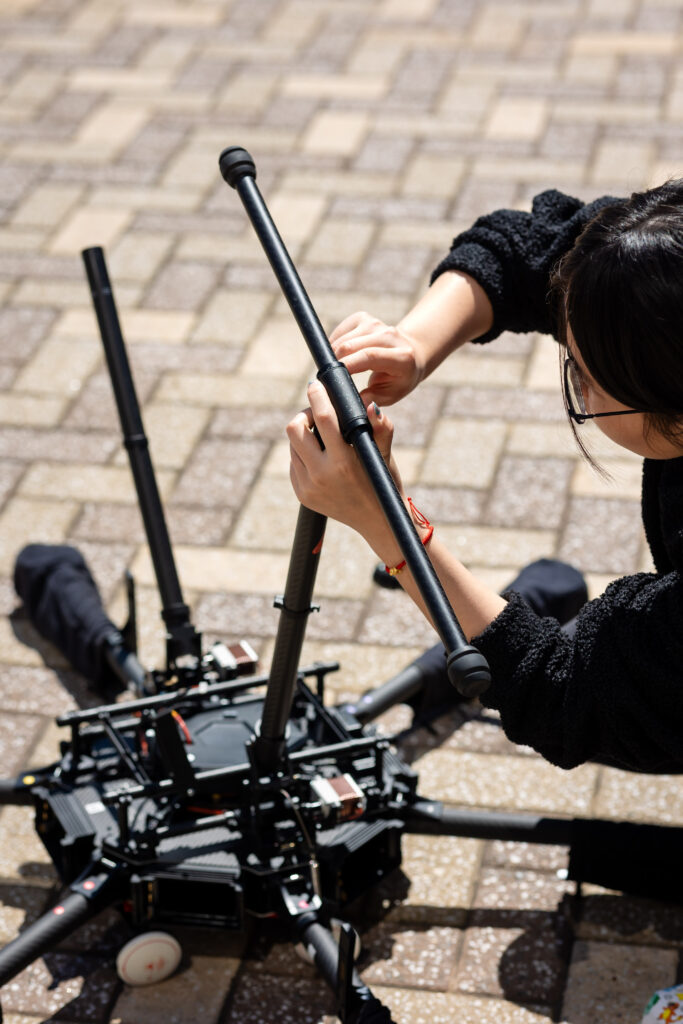
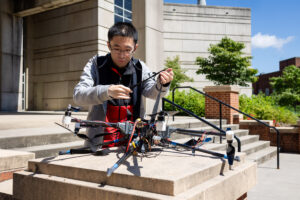
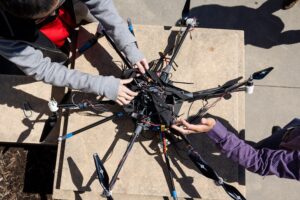
Natural disasters can result in death, destruction, and major economic losses. Rapid and accurate assessment of building damage is crucial for many reasons. First, it enables first responders to prioritize search and rescue operations, protect properties, and perform emergency response logistics. Next, it helps communities plan for future disaster preparations, response, and mitigation. Lastly, it allows residents to obtain swift insurance claim information.
Drones hold great potential for emergency reconnaissance because they can deploy quickly, collect heterogeneous sensing data, survey areas human can’t reach, and identify areas with the most severe damage.
Li and his team endowed the drone with the intelligence to detect and classify seven distinct categories of building damage through aerial images. The research led to a newly labeled dataset consisting of nearly 25,000 instances of building damage after tornadoes, based on the Enhance Fujita scale.
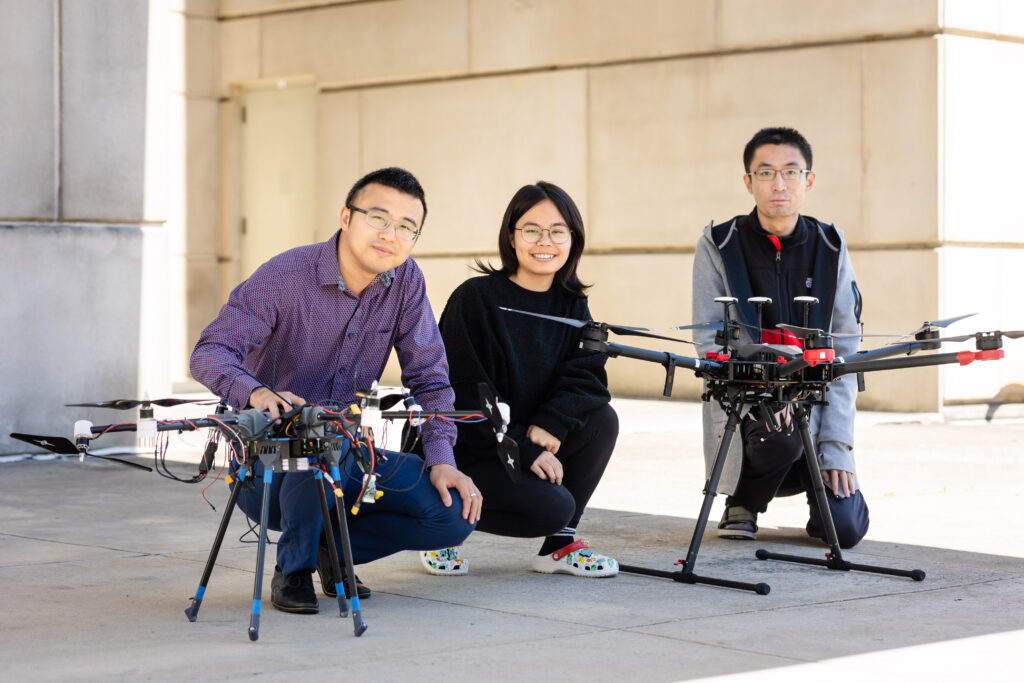
By integrating building damage information into the mission planning model, the drone task assignments and route generations can be optimized, which further augments the disaster response protocol. The drone technology achieved a 71.9 percent mean average precision.
Given the success in the Chattanooga case study, Li and his team are working on the next step of drone technology in natural disasters: enabling the drones to detect voices buried beneath the wreckage.
“We have developed technology that can see through the rubble and pinpoint where the victims are and if the area may contain hazards,” Li said. “That can really help the first responders in search and rescue where every second matters.”
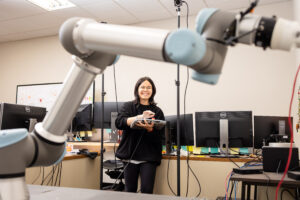
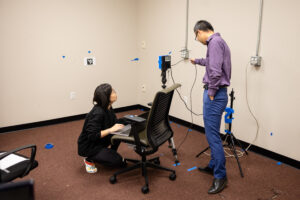
Contact
Rhiannon Potkey (865-974-0683, rpotkey@utk.edu)
